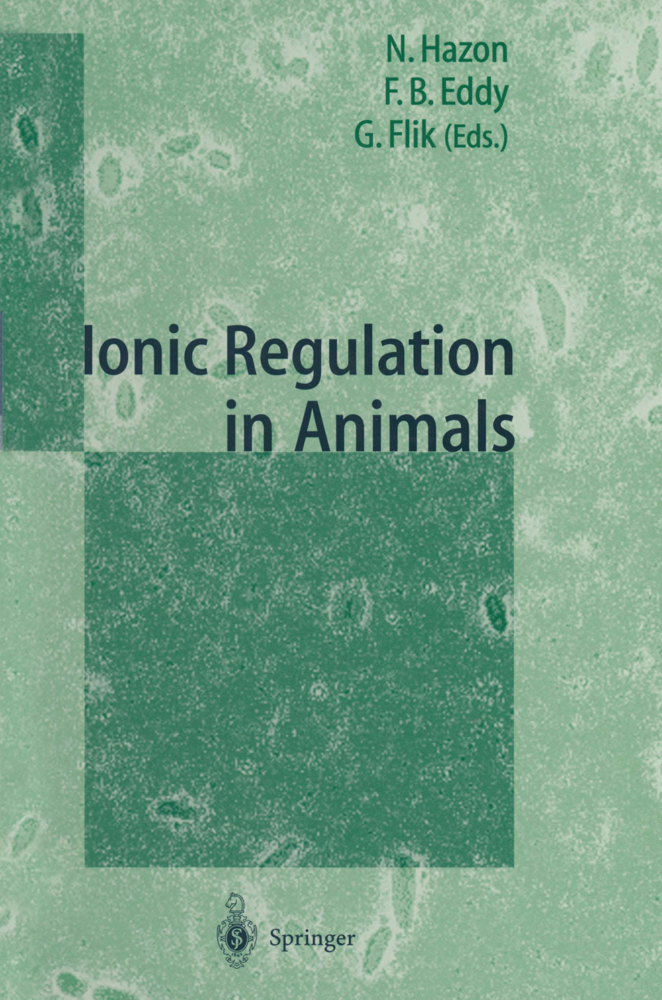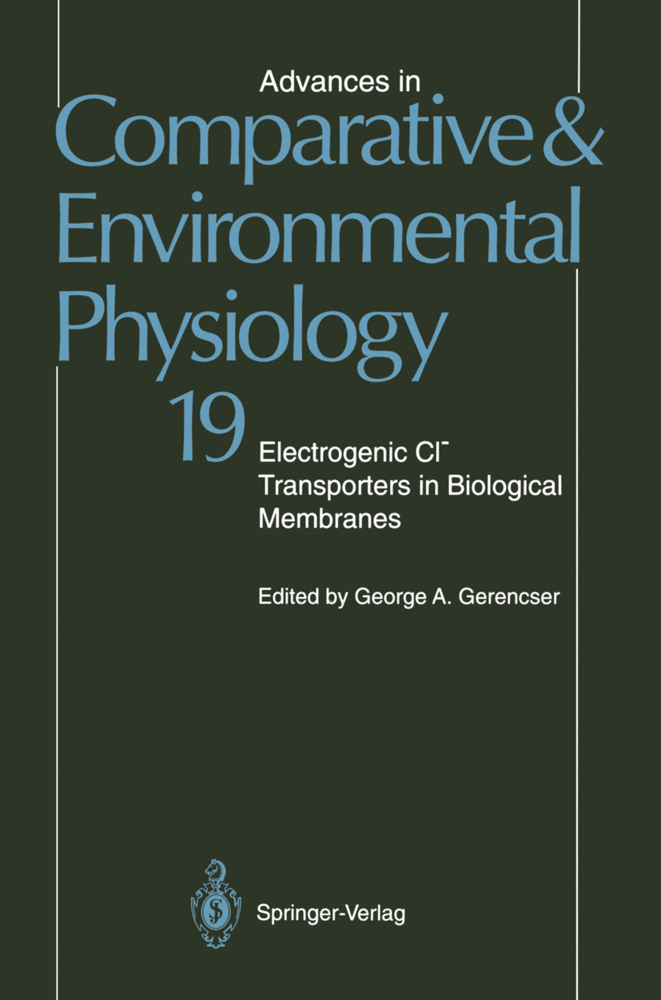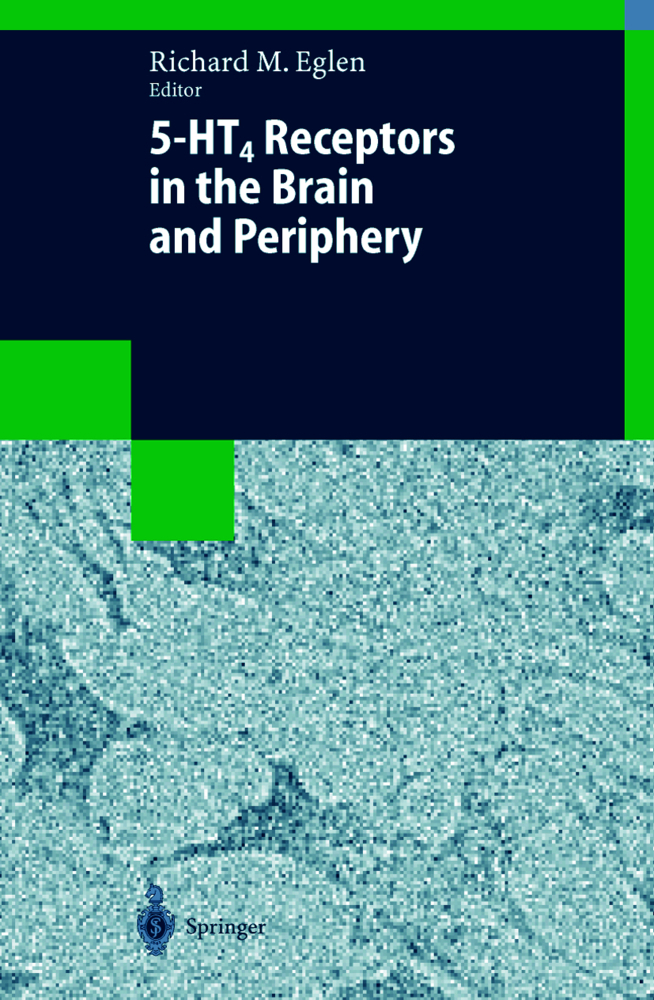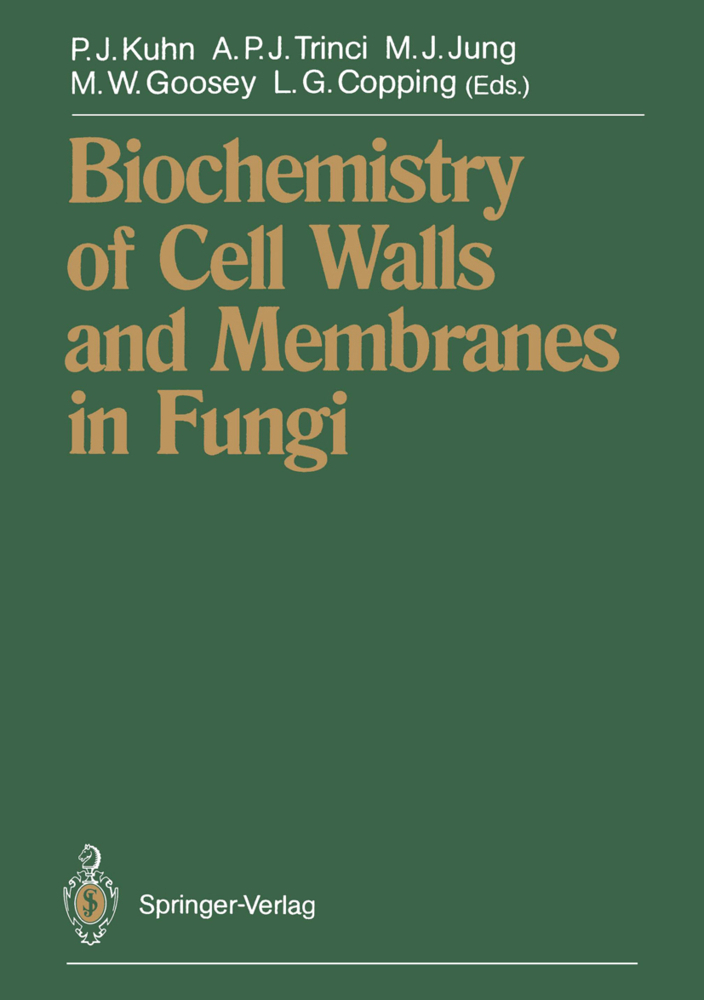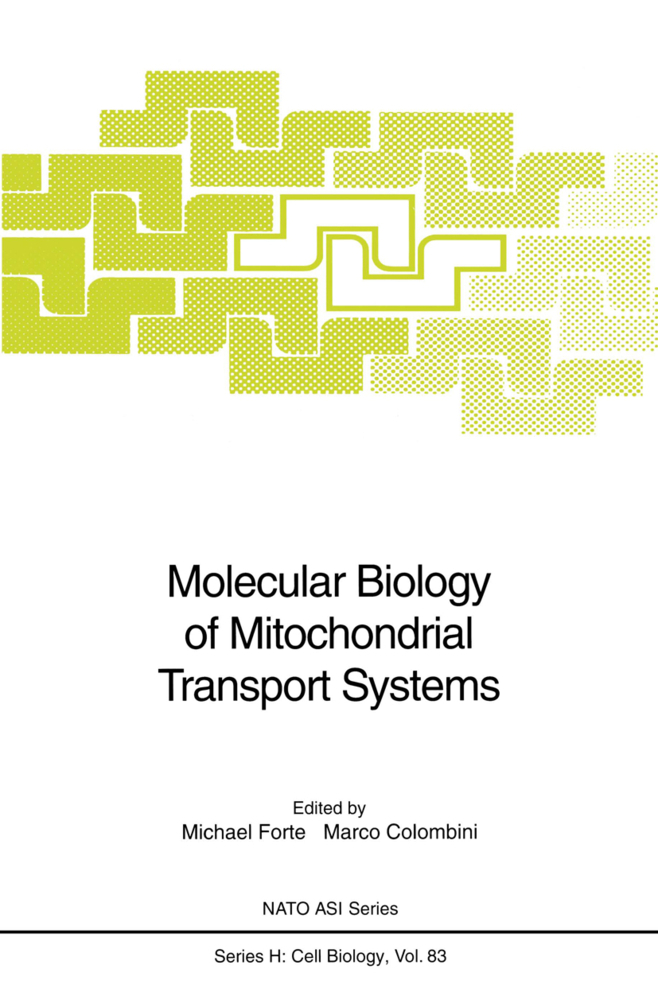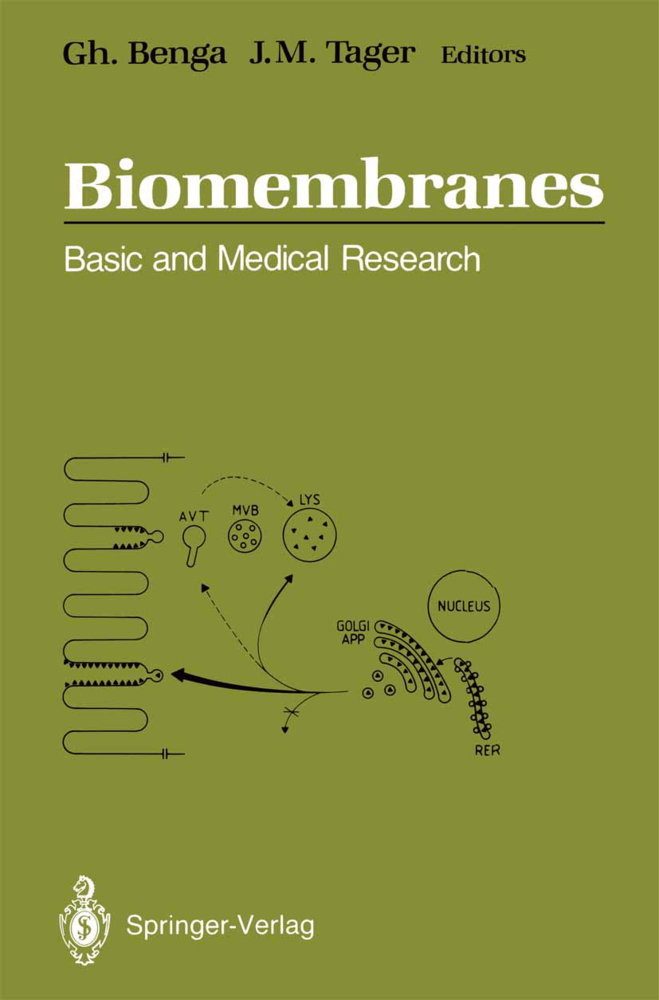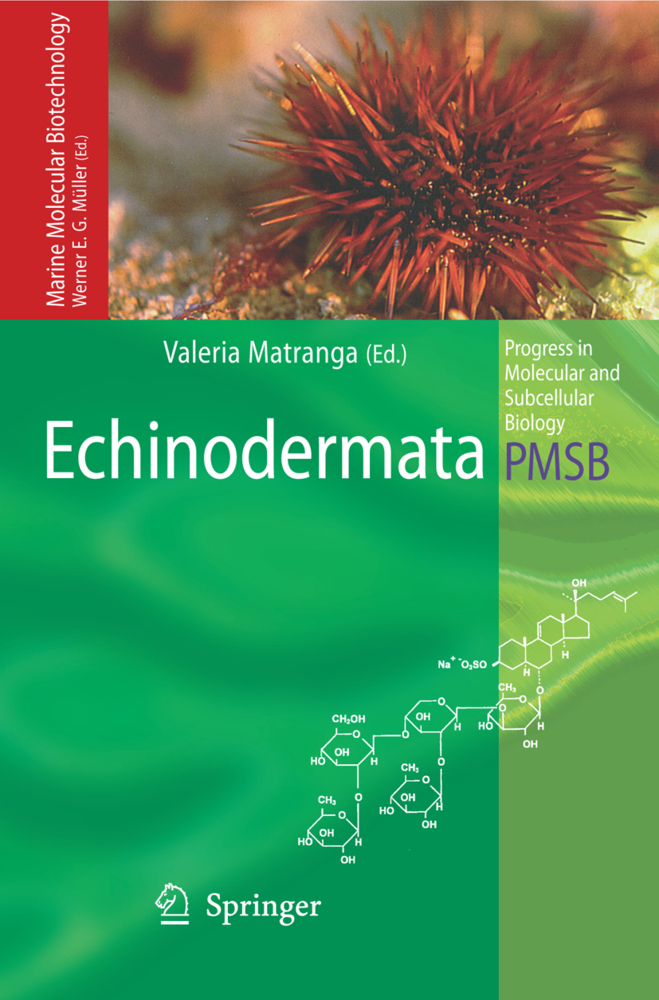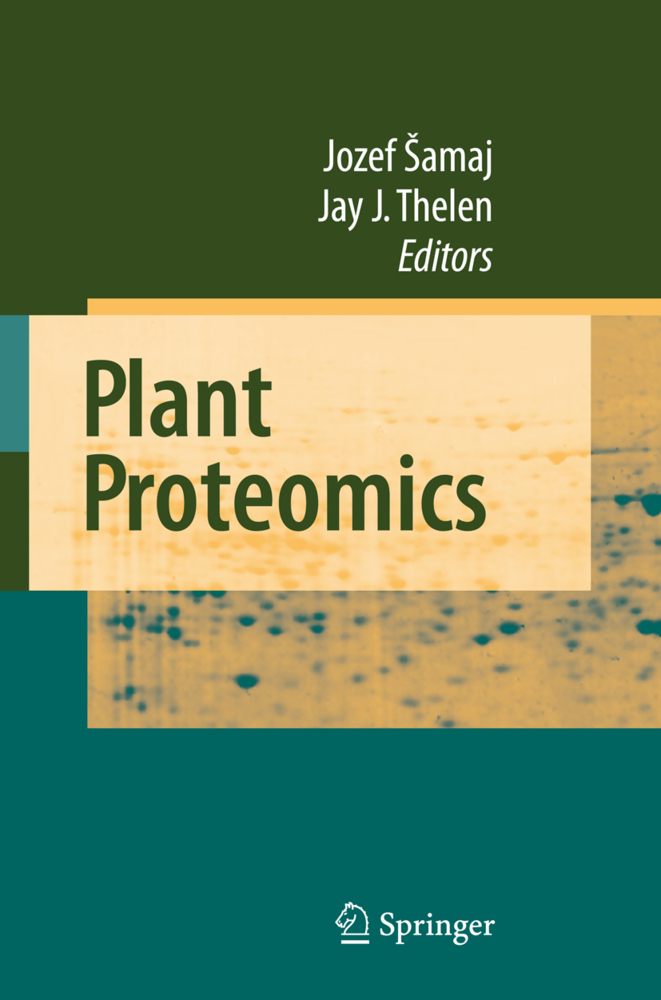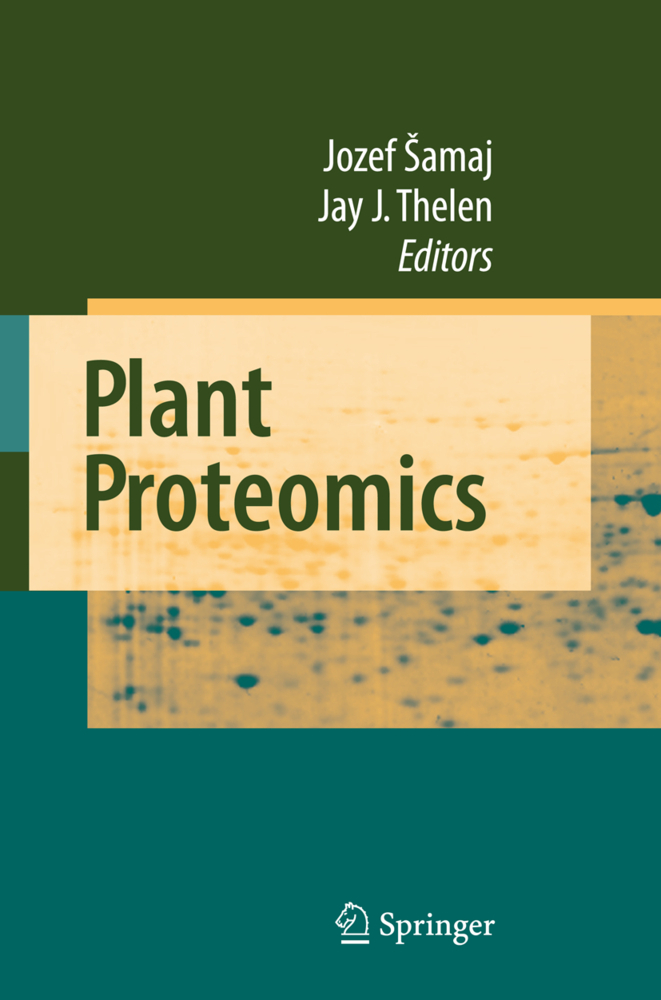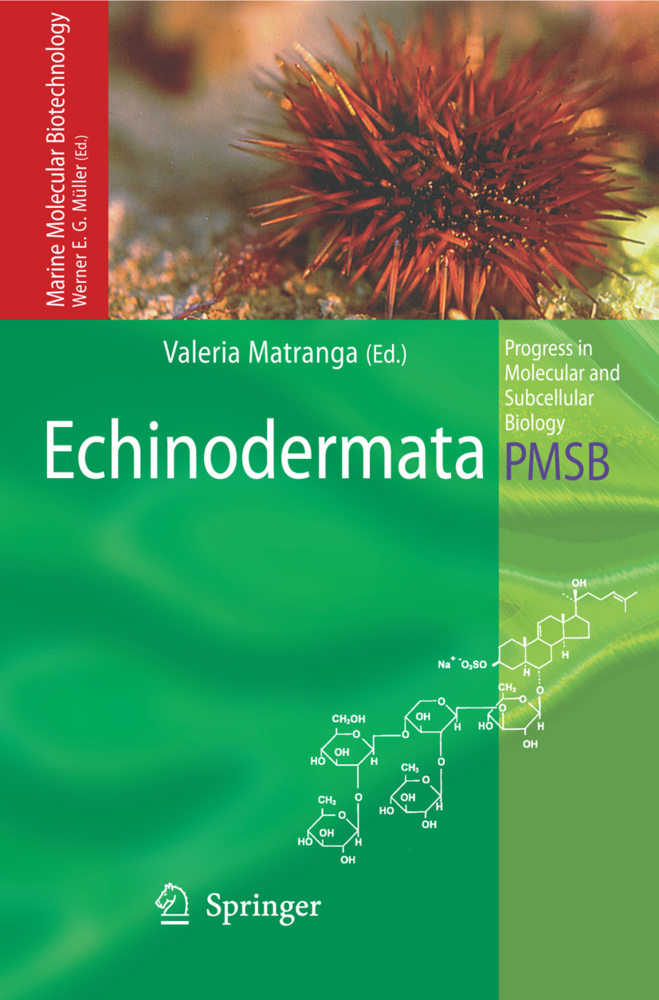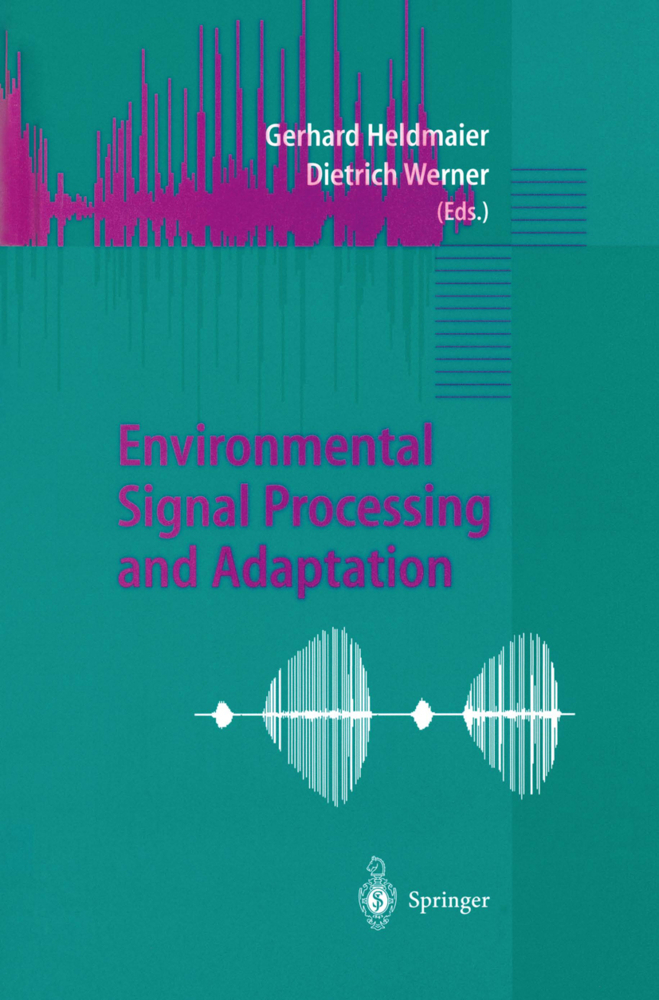Ionic Regulation in Animals: A Tribute to Professor W.T.W.Potts
Ionic Regulation in Animals: A Tribute to Professor W.T.W.Potts
This book draws together the most relevant and recent advances in the area of ionic transport in animals. In particular, it describes the role of modern cell and molecular biology research techniques in this rapidly advancing field. These techniques have led to important advances in our knowledge of cellular mechanisms of ion transporting epithelia, the role and expression of osmoregulatory hormones and a new understanding of whole body salt and water balance.
1.2 Steady-state strategies
1.3 The development of osmoregulatory capacity
1.4 Brood pouches and osmoregulation
1.5 Environmental effects on crustacean osmoregulation
1.6 Intraspecific difference in osmoregulation
1.7 Conclusions
References
2 Ambient ions and the voltage across crayfish gills
2.1 Introduction
2.2 Experimental Results
2.3 Discussion
References
3 Regulating the micro-environment of ion transporting epithelia: A comparative approach
3.1 Introduction
3.2 Water movements across epithelia
3.3 Secretion by goblet cells
3.4 Exocytosis, swelling and dispersal of mucus
References
4 Osmotic and Ionic Osmoregulation in Cyclostomes
4.1 Introduction
4.2 Hagfish
4.3 Lamprey
4.4 Control Mechanisms
4.5 Conclusions
4.6 Acknowledgements
References
5 Ion and Water Balance in Elasmobranch Fish
5.1 Introduction
5.2 Gills
5.3 Kidney
5.4 Gut
5.5 Rectal gland
5.6 Freshwater and Euryhaline Elasmobranchs
5.7 Acknowledgements
References
6 Gill Chloride Cells Activation by Plasma Osmolarity
6.1 Introduction and Background
6.2 The importance of osmolarity
6.3 Conclusion
References
7 The use of Modern Microscopical Techniques for the Study of Fish Gill
7.1 Introduction
7.2 Quantification of chloride cells
7.3 Branchial ion transport in freshwater fish
7.4 Perspectives
References
8 Transport and Housekeeping of calcium in Fish Gills
8.1 Introduction
8.2 Overcapacity of transporters; Ca2+ transport in stanniectomized eels
8.3 Involvement of carriers in transepithelial Ca2+ transport
8.4 Housekeeping
References
9 Drinking in marine, euryhaline and freshwater teleost fish
9.1 Introduction
9.2 The renin-angiotensin system and drinking in teleost fish
9.3 Drinking in freshwater and the role of the RAS
9.4 Drinking in seawater
9.5 Drinking in larvae
9.6 Absorption of water and salts in marine fish
9.7 Effect of cortisol on drinking
9.8 Effect of atrial natriuretic peptide on drinking
9.9 Effect of temperature on drinking
References
10 Teleost Renal Function: Regulation by Arginine Vasotocin and by Angiotensins
10.1 Introduction
10.2 Renin-angiotensin system (RAS)
10.3 Arginine vasotocin (AVT)
References
11 Arginine Vasotocin (AVT) Controls Renal Sodium and Water Excretion in Birds through Interaction with a new ADH Receptor Subtype
11.1 Body fluid homeostasis
11.2 The antidiuretic hormone AVT
11.3 AVT-induced antidiuresis and antinatriuresis
11.4 The renal AVT/AVP receptor in birds
11.5 Conclusions
References
12 Intracellular signalling in salt-secreting cells - Recent Advances in the Avian Nasal Gland Model
12.1 Introduction
12.2 Mechanism of secretion
12.3 Intracellular calcium signalling
12.4 Activation of secretion by intracellular calcium
12.5 Activation of secretion by intracellular cyclic AMP
12.6 Interactions between calcium and cyclic AMP signals
12.7 Conclusions
References.
1 The Ecophysiology of Osmoregulation in Crustacea
1.1 Introduction1.2 Steady-state strategies
1.3 The development of osmoregulatory capacity
1.4 Brood pouches and osmoregulation
1.5 Environmental effects on crustacean osmoregulation
1.6 Intraspecific difference in osmoregulation
1.7 Conclusions
References
2 Ambient ions and the voltage across crayfish gills
2.1 Introduction
2.2 Experimental Results
2.3 Discussion
References
3 Regulating the micro-environment of ion transporting epithelia: A comparative approach
3.1 Introduction
3.2 Water movements across epithelia
3.3 Secretion by goblet cells
3.4 Exocytosis, swelling and dispersal of mucus
References
4 Osmotic and Ionic Osmoregulation in Cyclostomes
4.1 Introduction
4.2 Hagfish
4.3 Lamprey
4.4 Control Mechanisms
4.5 Conclusions
4.6 Acknowledgements
References
5 Ion and Water Balance in Elasmobranch Fish
5.1 Introduction
5.2 Gills
5.3 Kidney
5.4 Gut
5.5 Rectal gland
5.6 Freshwater and Euryhaline Elasmobranchs
5.7 Acknowledgements
References
6 Gill Chloride Cells Activation by Plasma Osmolarity
6.1 Introduction and Background
6.2 The importance of osmolarity
6.3 Conclusion
References
7 The use of Modern Microscopical Techniques for the Study of Fish Gill
7.1 Introduction
7.2 Quantification of chloride cells
7.3 Branchial ion transport in freshwater fish
7.4 Perspectives
References
8 Transport and Housekeeping of calcium in Fish Gills
8.1 Introduction
8.2 Overcapacity of transporters; Ca2+ transport in stanniectomized eels
8.3 Involvement of carriers in transepithelial Ca2+ transport
8.4 Housekeeping
References
9 Drinking in marine, euryhaline and freshwater teleost fish
9.1 Introduction
9.2 The renin-angiotensin system and drinking in teleost fish
9.3 Drinking in freshwater and the role of the RAS
9.4 Drinking in seawater
9.5 Drinking in larvae
9.6 Absorption of water and salts in marine fish
9.7 Effect of cortisol on drinking
9.8 Effect of atrial natriuretic peptide on drinking
9.9 Effect of temperature on drinking
References
10 Teleost Renal Function: Regulation by Arginine Vasotocin and by Angiotensins
10.1 Introduction
10.2 Renin-angiotensin system (RAS)
10.3 Arginine vasotocin (AVT)
References
11 Arginine Vasotocin (AVT) Controls Renal Sodium and Water Excretion in Birds through Interaction with a new ADH Receptor Subtype
11.1 Body fluid homeostasis
11.2 The antidiuretic hormone AVT
11.3 AVT-induced antidiuresis and antinatriuresis
11.4 The renal AVT/AVP receptor in birds
11.5 Conclusions
References
12 Intracellular signalling in salt-secreting cells - Recent Advances in the Avian Nasal Gland Model
12.1 Introduction
12.2 Mechanism of secretion
12.3 Intracellular calcium signalling
12.4 Activation of secretion by intracellular calcium
12.5 Activation of secretion by intracellular cyclic AMP
12.6 Interactions between calcium and cyclic AMP signals
12.7 Conclusions
References.
Hazon, Neil
Eddy, F. Brian
Flik, Gert
| ISBN | 978-3-642-64396-5 |
|---|---|
| Artikelnummer | 9783642643965 |
| Medientyp | Buch |
| Copyrightjahr | 2011 |
| Verlag | Springer, Berlin |
| Umfang | XII, 204 Seiten |
| Abbildungen | XII, 204 p. 3 illus. in color. |
| Sprache | Englisch |

